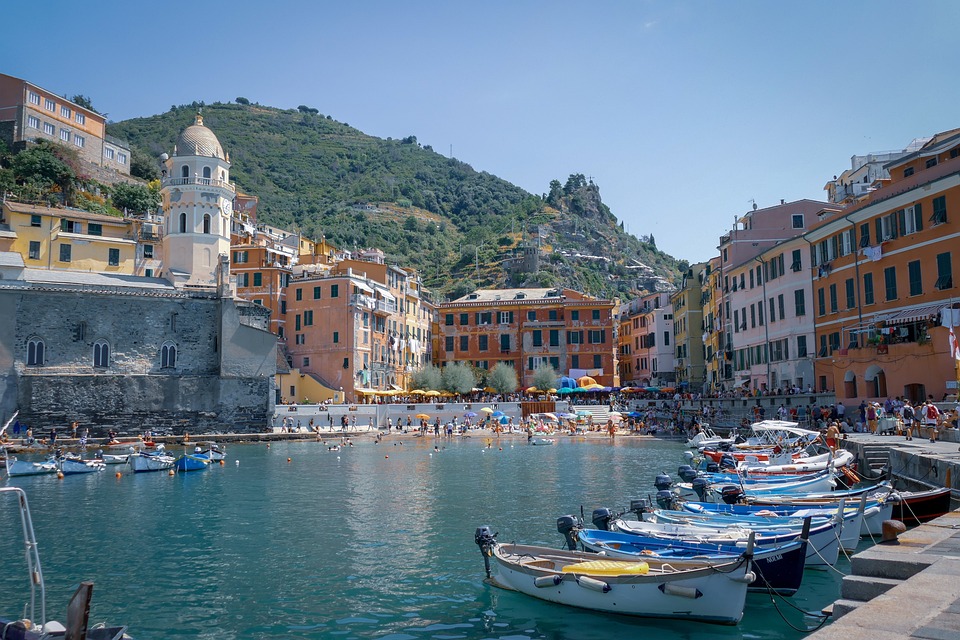Travel photography is a captivating art form that allows individuals to capture stunning images from around the world. From bustling city streets to tranquil mountain landscapes, travel photography enables us to share the beauty and wonder of different cultures and environments with others. With the rise of social media and online platforms, travel photography has become more popular than ever, inspiring countless individuals to grab a camera and hit the road in search of the perfect shot.
For many, the allure of travel photography lies in the sense of wanderlust it evokes. The thrill of exploring new destinations and immersing oneself in different cultures can be a powerful motivator for photographers seeking to capture the essence of a place through their lens. From sun-soaked beaches to ancient temples, travel photography offers a diverse range of subjects to photograph, each with its own unique charm and beauty.
However, mastering travel photography goes beyond simply capturing pretty pictures. To create gallery-worthy images that stand out from the crowd, photographers must also possess a keen eye for composition, lighting, and storytelling. By combining technical skill with creative vision, photographers can transform ordinary scenes into extraordinary works of art that evoke a sense of wonder and awe in viewers.
One key aspect of travel photography is the ability to capture a sense of place in each image. Whether it’s the vibrant colors of a bustling market or the serene beauty of a sunset over the ocean, successful travel photographers are able to convey the essence of a destination through their photos. By paying attention to details such as architecture, landscapes, and people, photographers can create images that not only document their travels but also tell a compelling story about the places they’ve visited.
Another important element of travel photography is lighting. The way light falls on a subject can dramatically affect the mood and atmosphere of a photograph, transforming a mundane scene into a breathtaking work of art. Whether it’s the soft, golden light of sunrise or the dramatic shadows of a stormy sky, mastering lighting techniques can help photographers create stunning images that captivate viewers and evoke a sense of emotion.
In addition to composition and lighting, post-processing is also an important aspect of travel photography. By using editing software such as Lightroom or Photoshop, photographers can enhance their images by adjusting colors, contrast, and sharpness, creating a final product that is polished and professional. Post-processing can also be used to remove distracting elements from a photo, such as power lines or tourists, allowing the main subject to shine through.
Ultimately, mastering travel photography requires practice, patience, and a willingness to experiment. By honing their technical skills and developing their creative vision, photographers can create gallery-worthy images that not only document their travels but also inspire and captivate viewers. So whether you’re a seasoned pro or a novice with a camera, don’t be afraid to unleash your inner wanderlust and start capturing the world through your lens. Who knows – your next travel photograph may just be worthy of a gallery exhibition.
